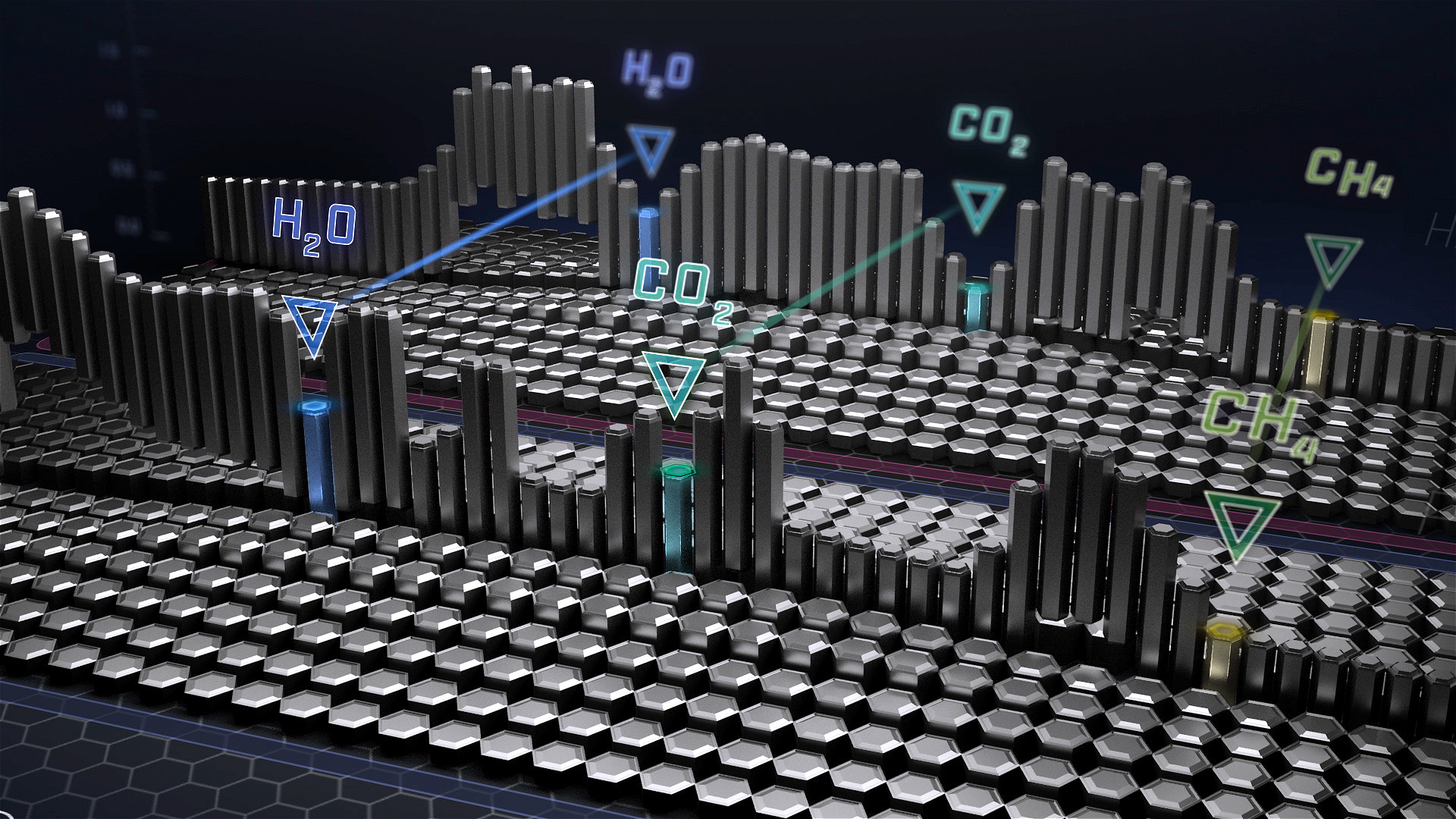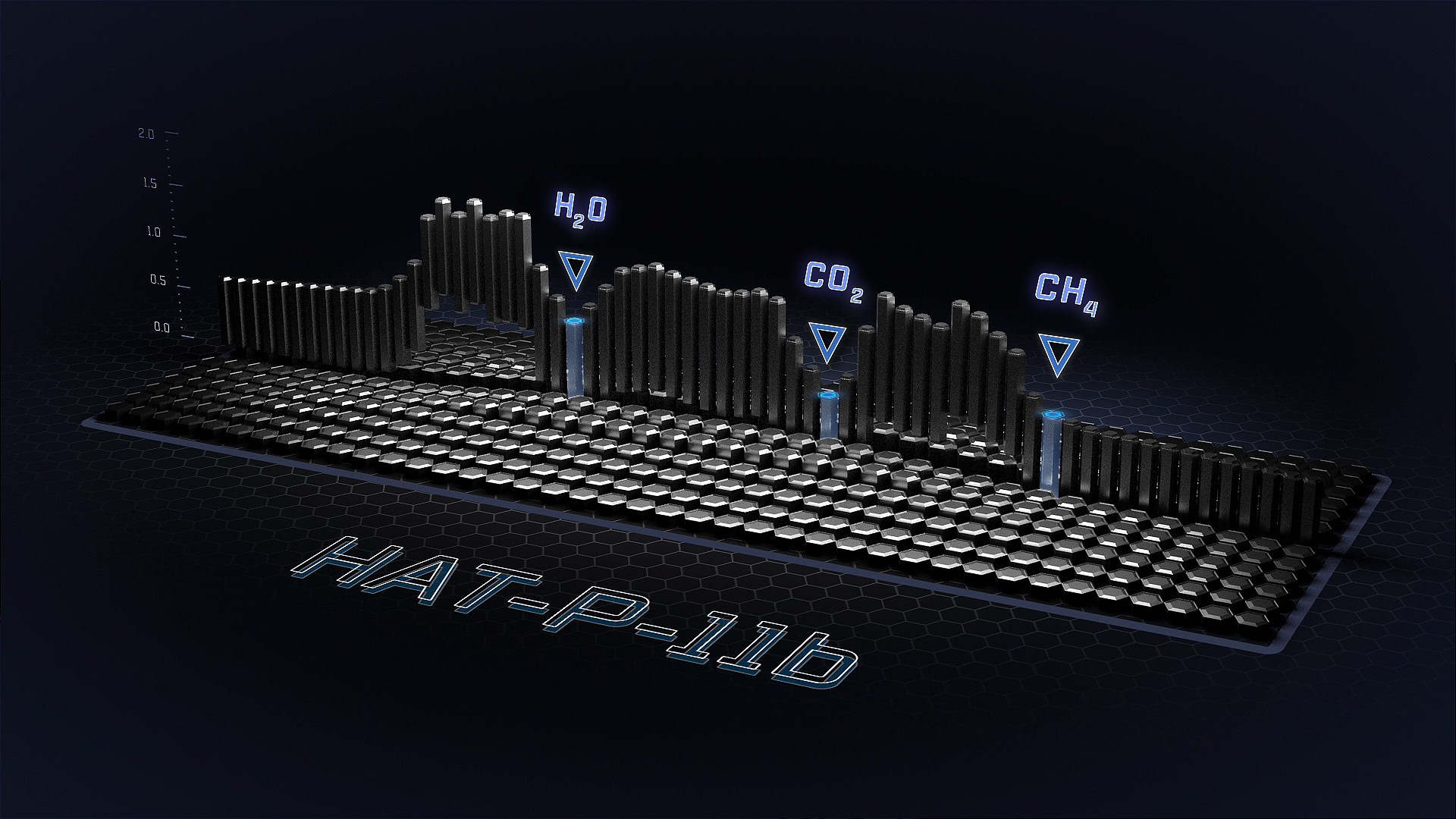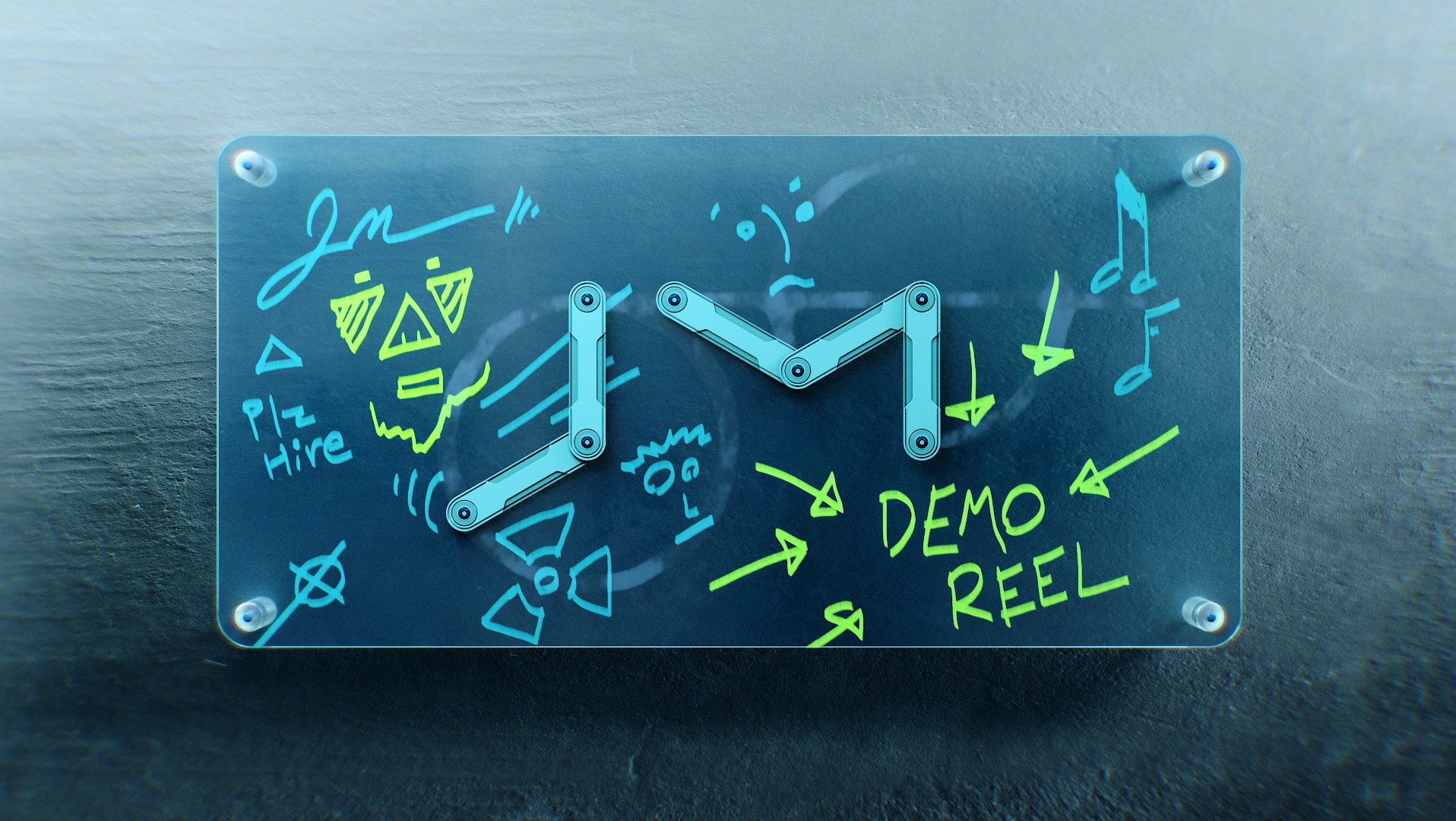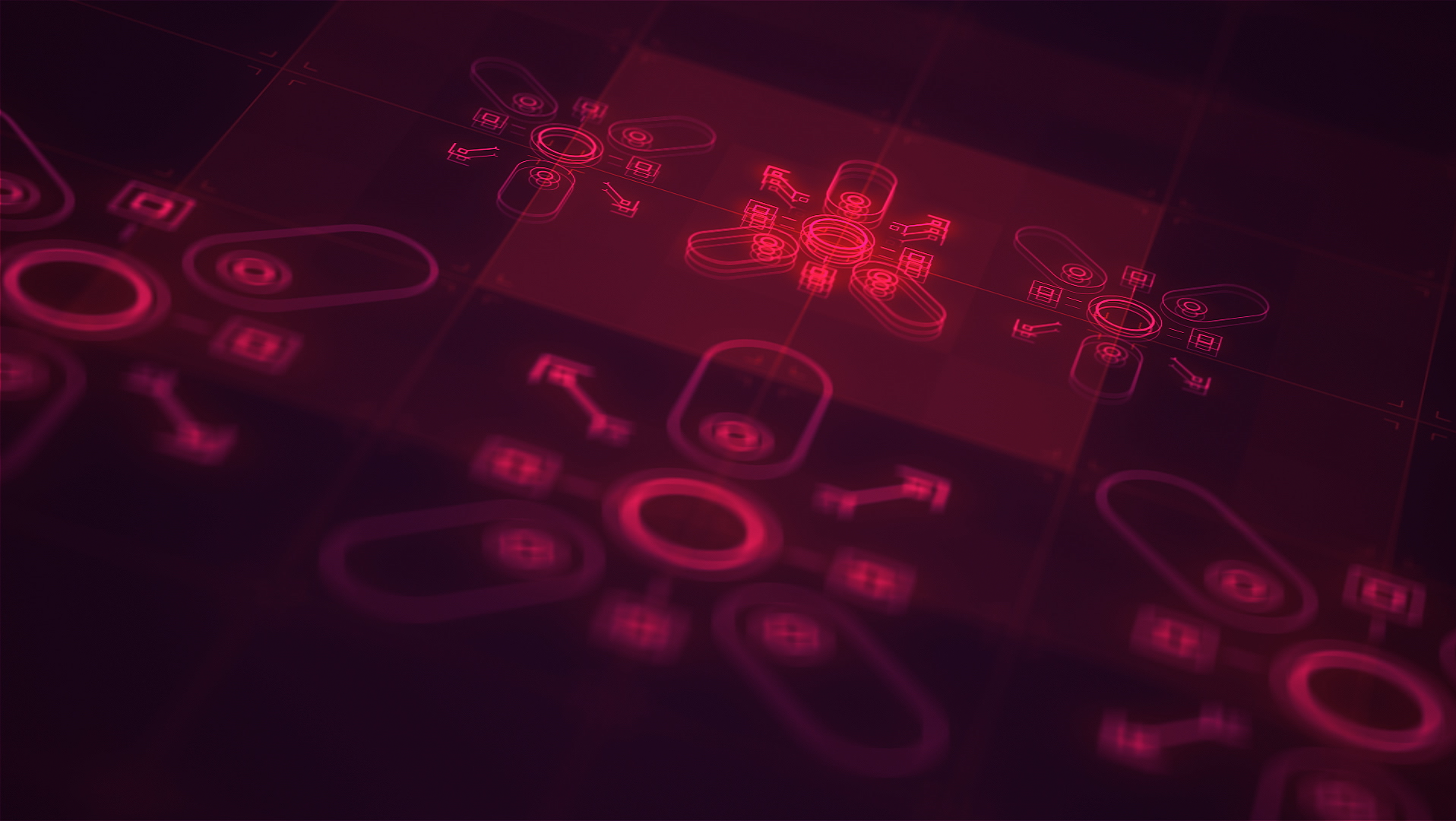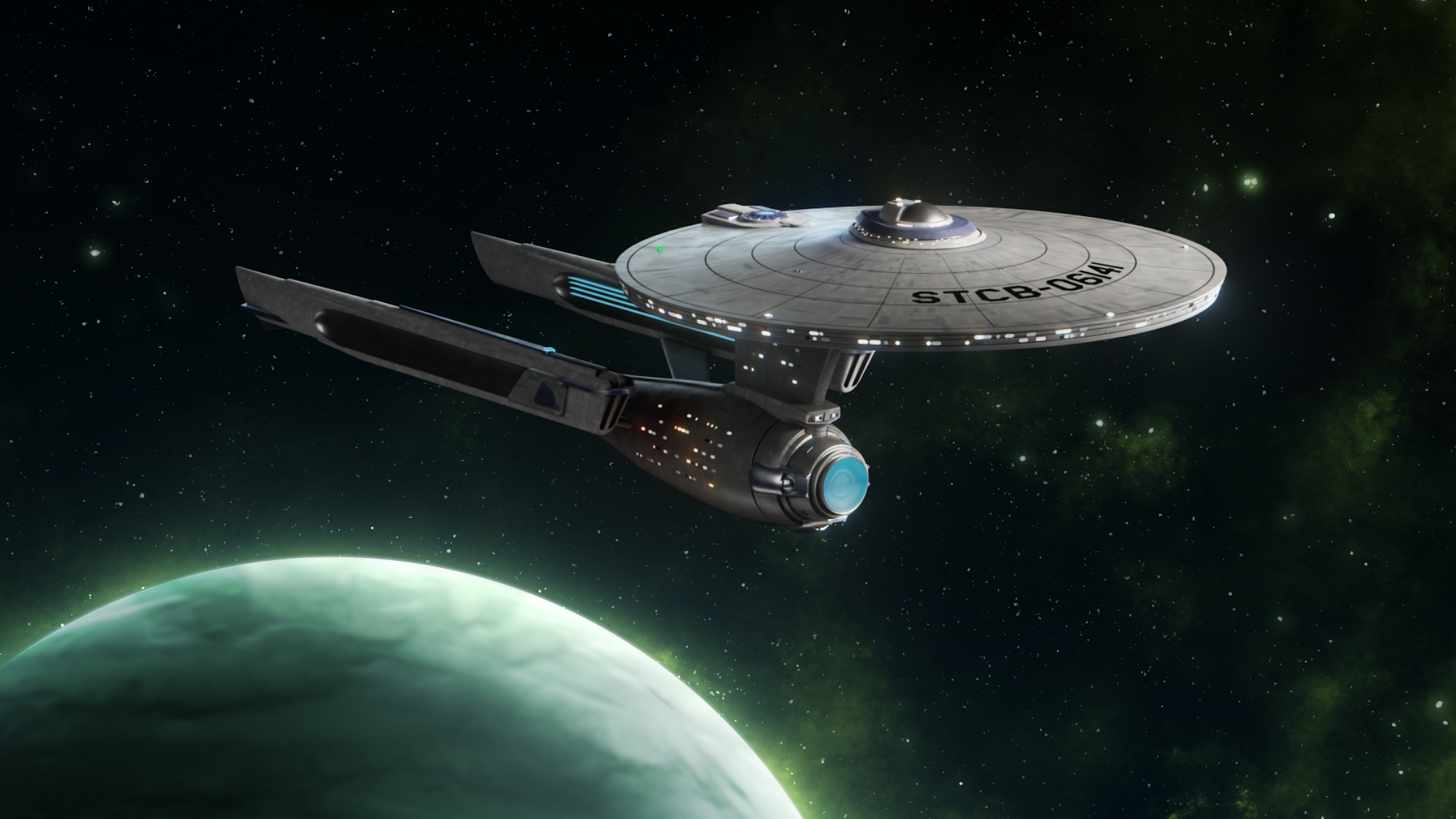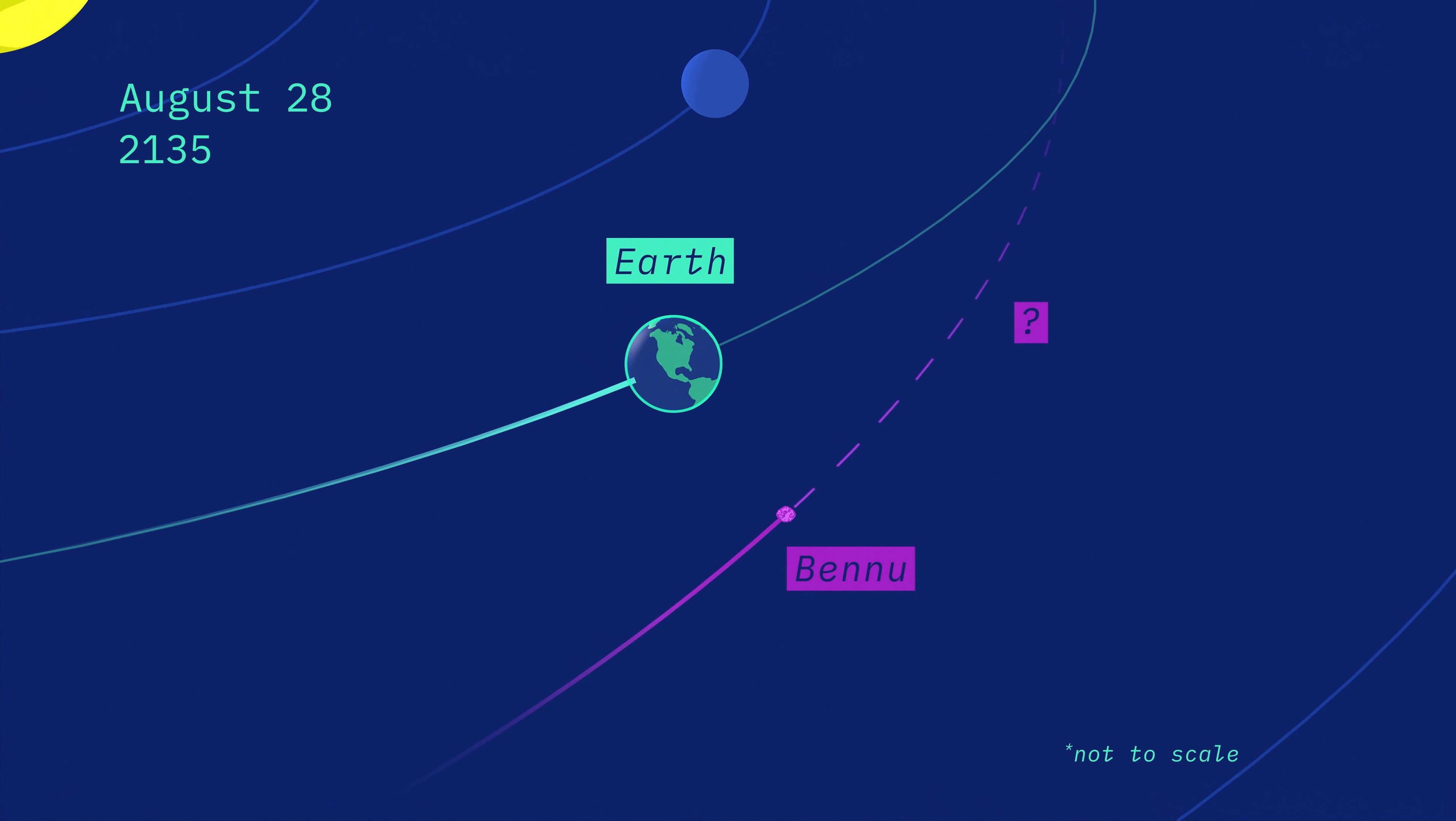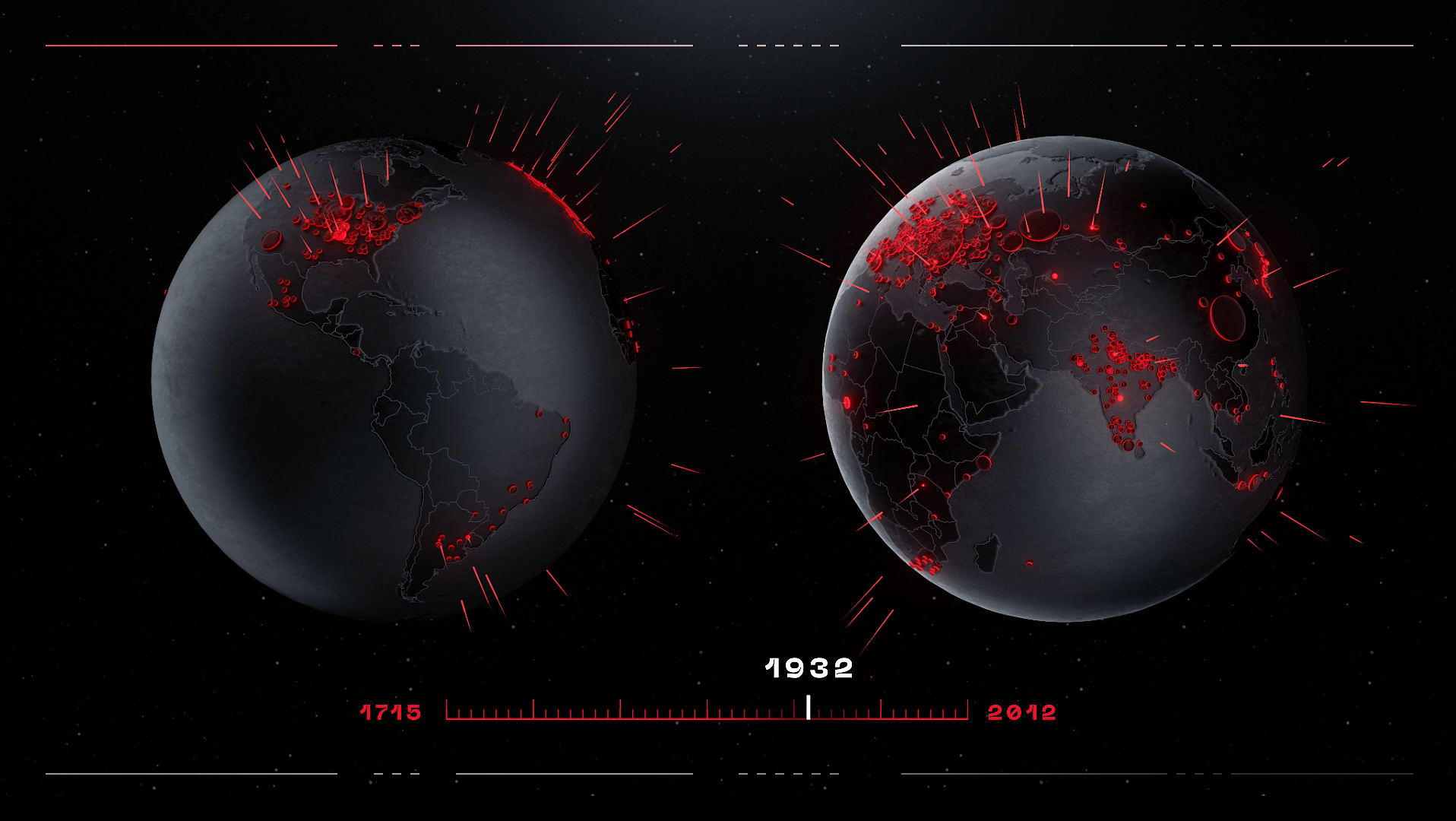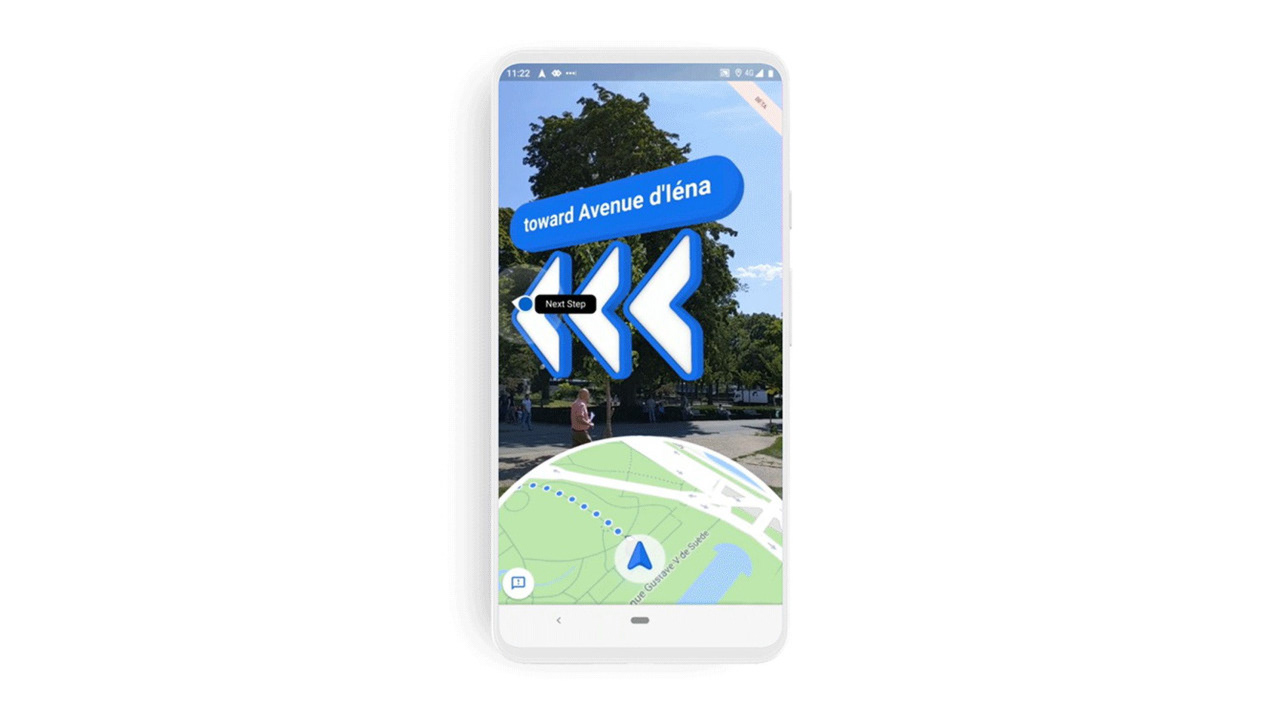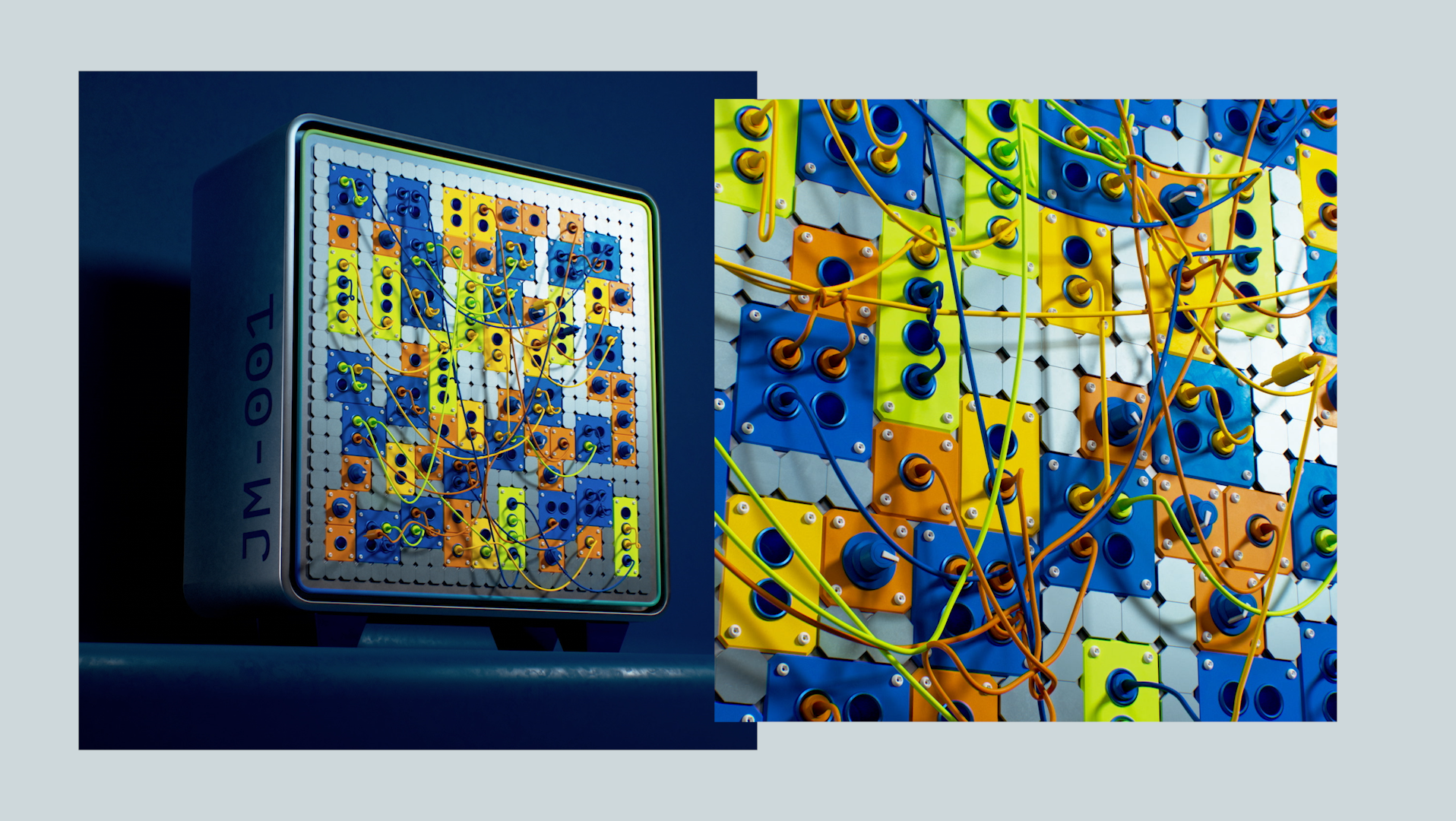DESCRIPTION
Client: NASA
As a science visualization fellow at the NASA's Goddard Space Flight Center I had the unique opportunity to develop a series of graphics for NASA's LUVOIR mission.
Project scientists requested a modern way of presenting 2D spectroscopy data that highlighted key gas compounds.
I incorporated the hexagonal shape of LUVOIR’s physical mirrors into the 3D design and created a coarse-to-fine reveal animation that represents the LUVOIR's progressive improvement in data resolution as it focuses on a planet.
I incorporated the hexagonal shape of LUVOIR’s physical mirrors into the 3D design and created a coarse-to-fine reveal animation that represents the LUVOIR's progressive improvement in data resolution as it focuses on a planet.
SCIENCE BACKGROUND
If life existed on a distant planet, how would we know? NASA’s LUVOIR mission (Large UV/Optical/IR Surveyor), a forthcoming observational spacecraft, will look at planets' atmospheric composition for gases that could indicate life.
"Exoplanet atmospheres are the key for life detection on a planet beyond our solar system. The premise is that life produces gases as by-products to metabolism, and that some of the gases will accumulate in a habitable planet atmosphere and in principle can be detected by spectroscopy." –Sara Seager and William Bains
An example of the input data
